Details of the Target
General Information of Target
| Target ID | LDTP15303 | |||||
|---|---|---|---|---|---|---|
| Target Name | Membrane progestin receptor alpha (PAQR7) | |||||
| Gene Name | PAQR7 | |||||
| Gene ID | 164091 | |||||
| Synonyms |
MRPA; Membrane progestin receptor alpha; mPR alpha; Membrane progesterone P4 receptor alpha; Membrane progesterone receptor alpha; Progesterone and adipoQ receptor family member 7; Progestin and adipoQ receptor family member 7; Progestin and adipoQ receptor family member VII
|
|||||
| 3D Structure | ||||||
| Sequence |
MTWLVLLGTLLCMLRVGLGTPDSEGFPPRALHNCPYKCICAADLLSCTGLGLQDVPAELP
AATADLDLSHNALQRLRPGWLAPLFQLRALHLDHNELDALGRGVFVNASGLRLLDLSSNT LRALGRHDLDGLGALEKLLLFNNRLVHLDEHAFHGLRALSHLYLGCNELASFSFDHLHGL SATHLLTLDLSSNRLGHISVPELAALPAFLKNGLYLHNNPLPCDCRLYHLLQRWHQRGLS AVRDFAREYVCLAFKVPASRVRFFQHSRVFENCSSAPALGLERPEEHLYALVGRSLRLYC NTSVPAMRIAWVSPQQELLRAPGSRDGSIAVLADGSLAIGNVQEQHAGLFVCLATGPRLH HNQTHEYNVSVHFPRPEPEAFNTGFTTLLGCAVGLVLVLLYLFAPPCRCCRRACRCRRWP QTPSPLQELSAQSSVLSTTPPDAPSRKASVHKHVVFLEPGRRGLNGRVQLAVAEEFDLYN PGGLQLKAGSESASSIGSEGPMTT |
|||||
| Target Bioclass |
GPCR
|
|||||
| Family |
ADIPOR family
|
|||||
| Subcellular location |
Cell membrane
|
|||||
| Function |
Plasma membrane progesterone (P4) receptor coupled to G proteins. Seems to act through a G(i) mediated pathway. May be involved in oocyte maturation. Involved in neurosteroid inhibition of apoptosis. Also binds dehydroepiandrosterone (DHEA), pregnanolone, pregnenolone and allopregnanolone.
|
|||||
| Uniprot ID | ||||||
| Ensemble ID | ||||||
| HGNC ID | ||||||
Probe(s) Labeling This Target
ABPP Probe
| Probe name | Structure | Binding Site(Ratio) | Interaction ID | Ref | |
|---|---|---|---|---|---|
|
TFBX Probe Info |
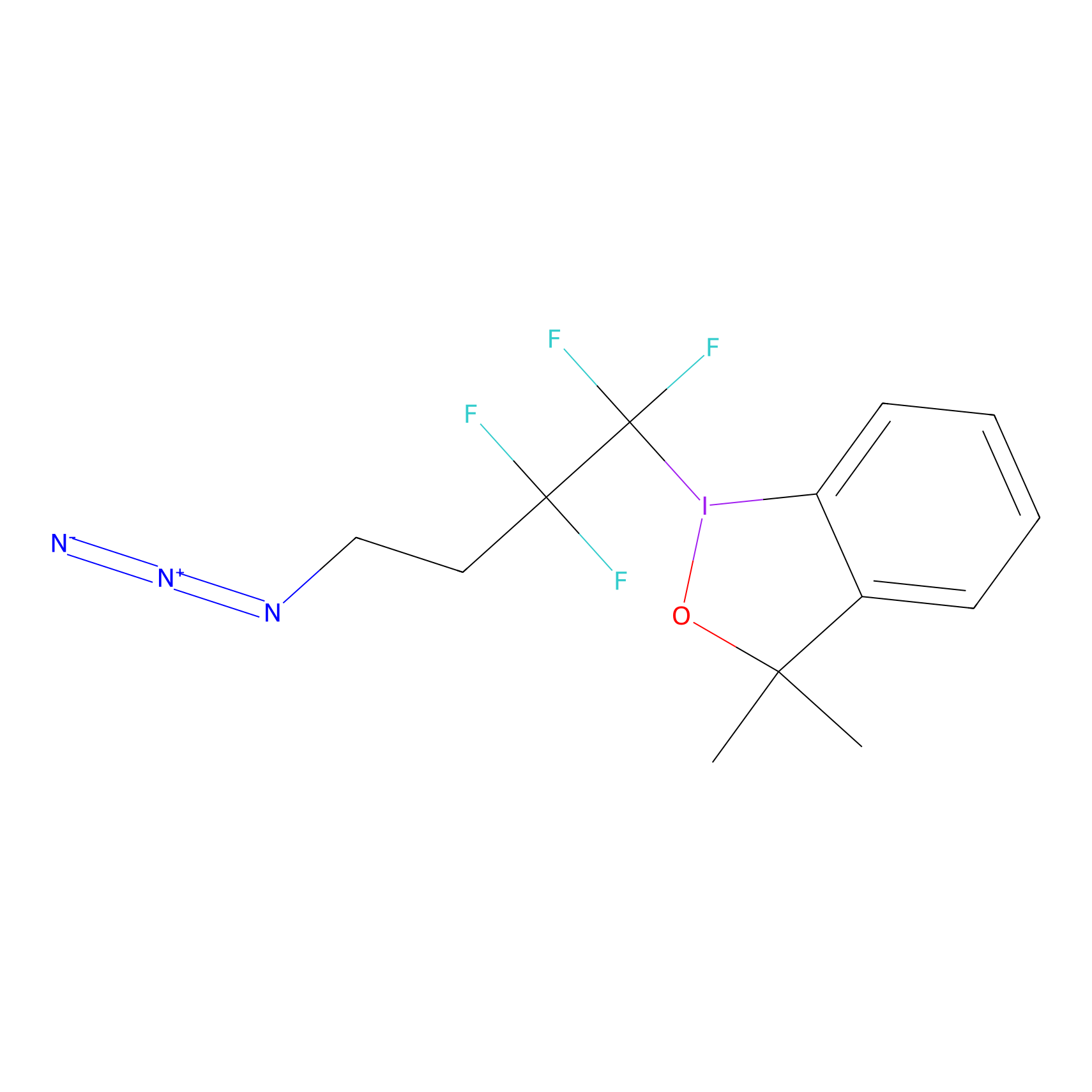 |
N.A. | LDD0148 | [1] | |
PAL-AfBPP Probe
| Probe name | Structure | Binding Site(Ratio) | Interaction ID | Ref | |
|---|---|---|---|---|---|
|
C017 Probe Info |
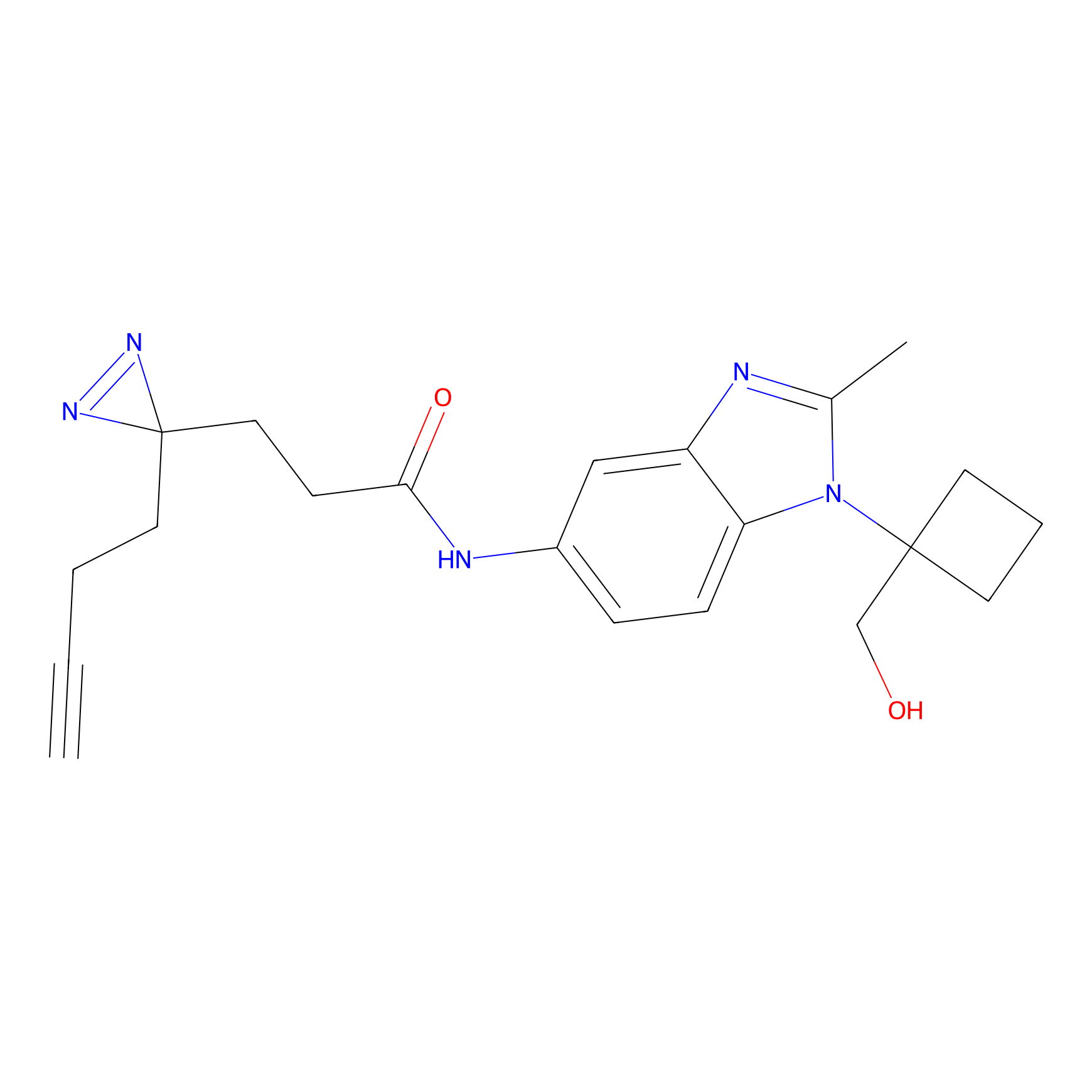 |
10.27 | LDD1725 | [2] | |
|
C055 Probe Info |
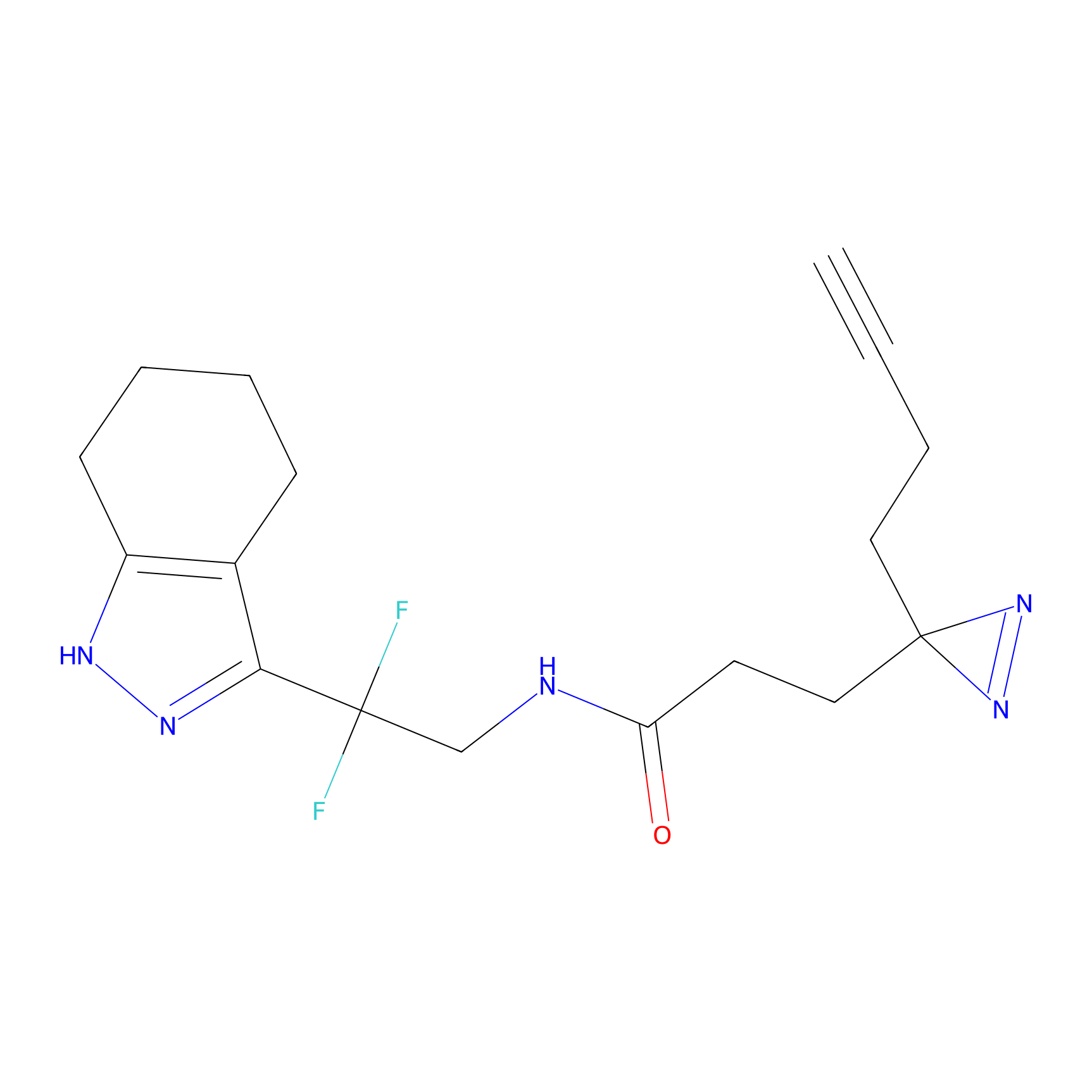 |
28.64 | LDD1752 | [2] | |
|
C056 Probe Info |
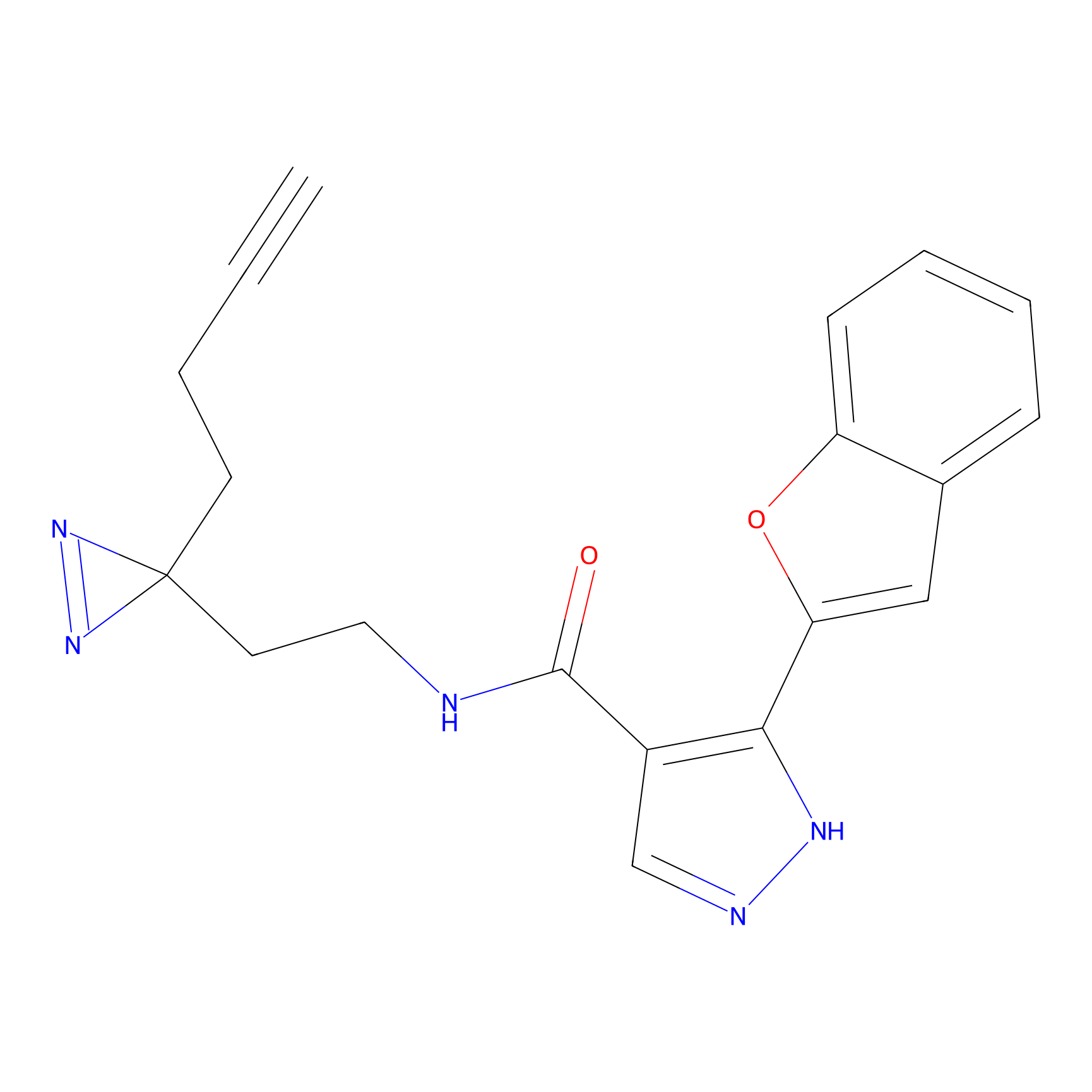 |
31.12 | LDD1753 | [2] | |
|
C063 Probe Info |
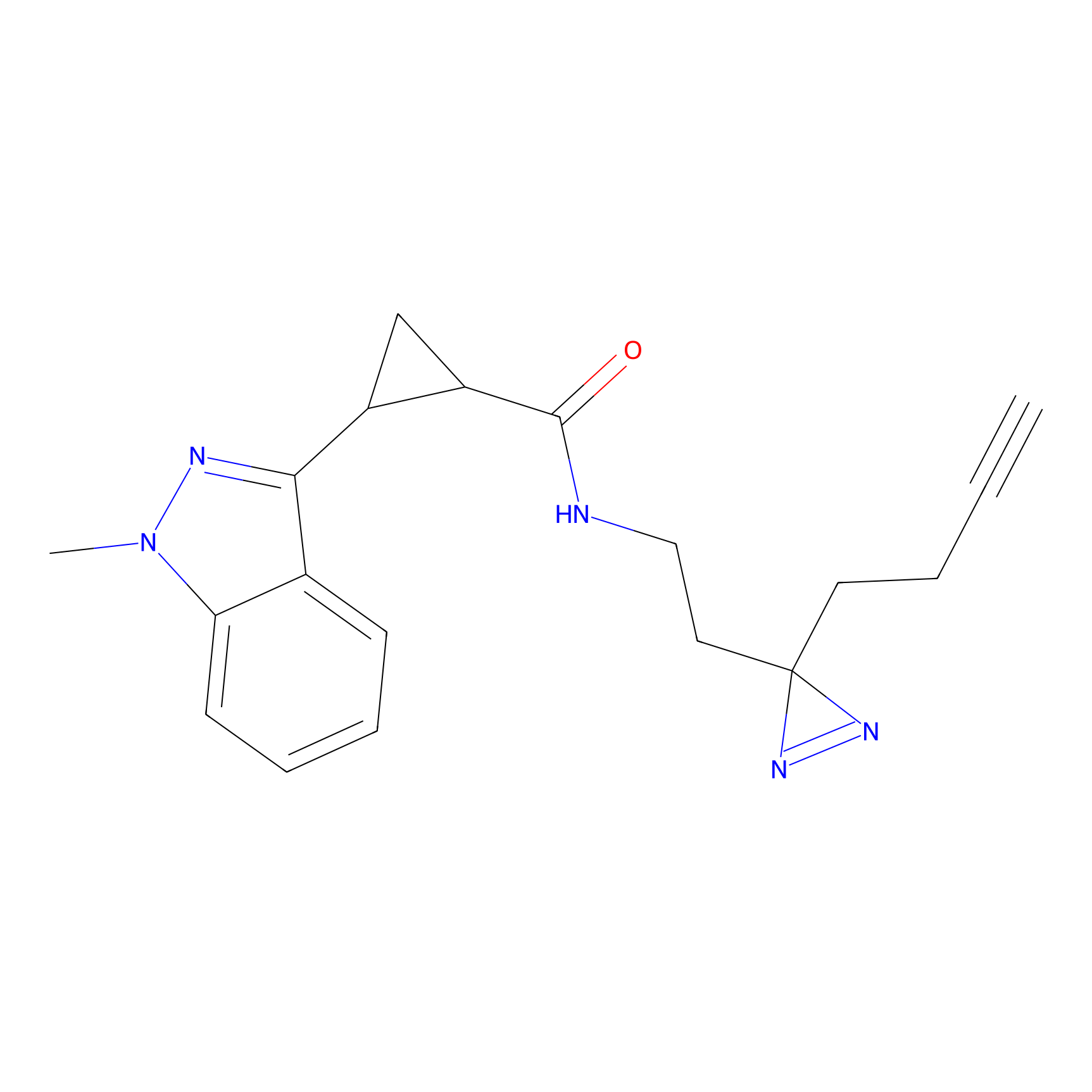 |
14.52 | LDD1760 | [2] | |
|
C067 Probe Info |
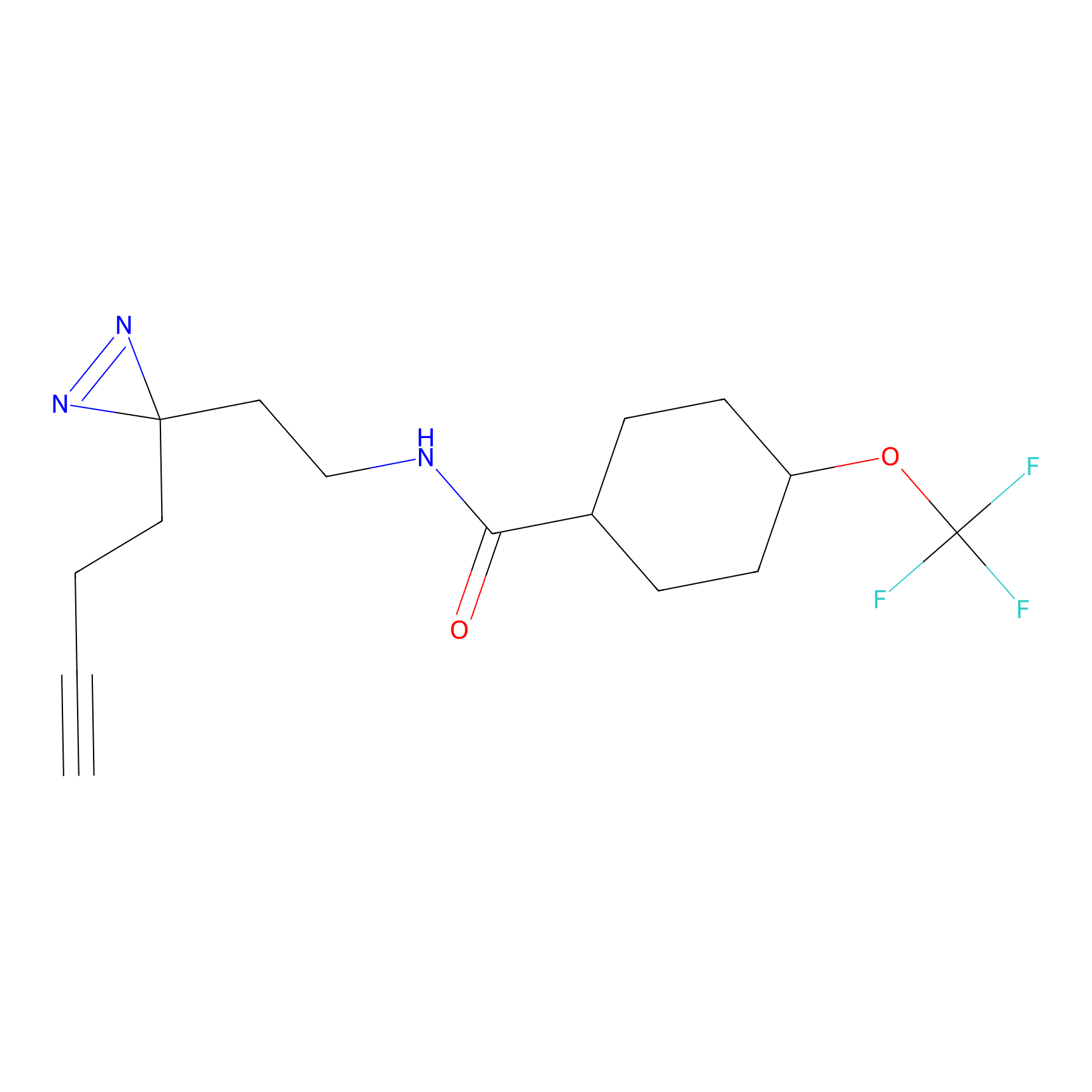 |
9.99 | LDD1763 | [2] | |
|
C070 Probe Info |
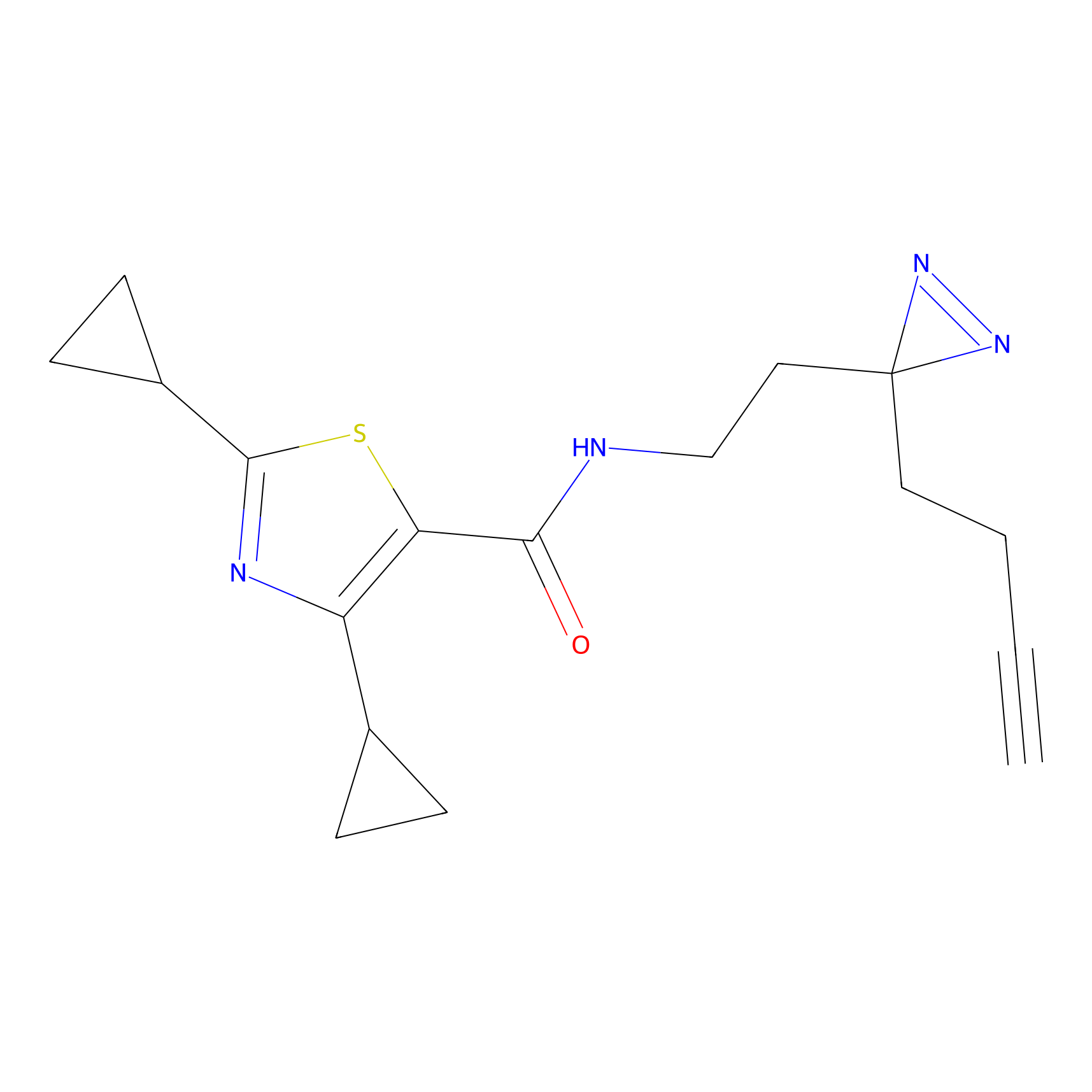 |
45.89 | LDD1766 | [2] | |
|
C071 Probe Info |
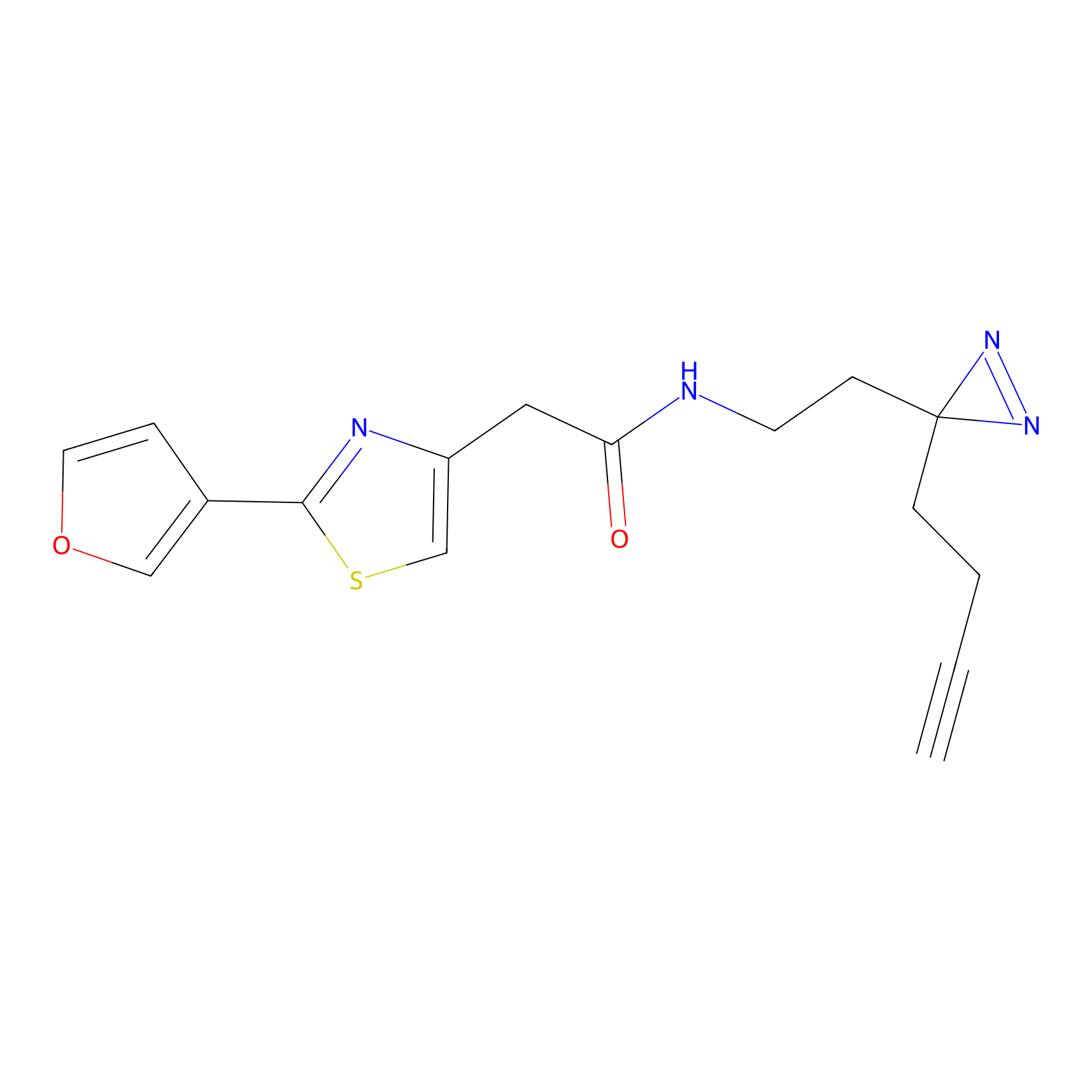 |
31.34 | LDD1767 | [2] | |
|
C072 Probe Info |
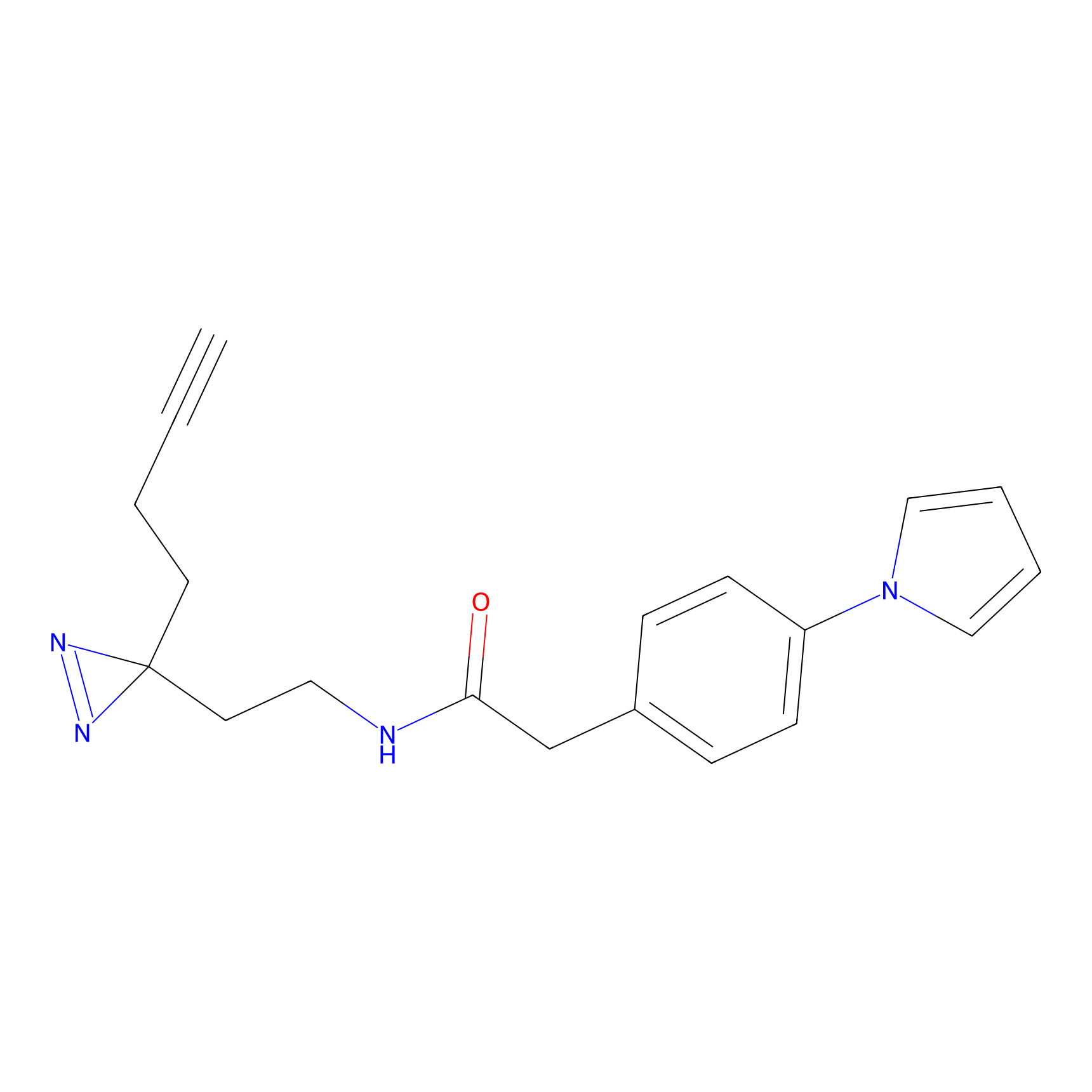 |
44.94 | LDD1768 | [2] | |
|
C153 Probe Info |
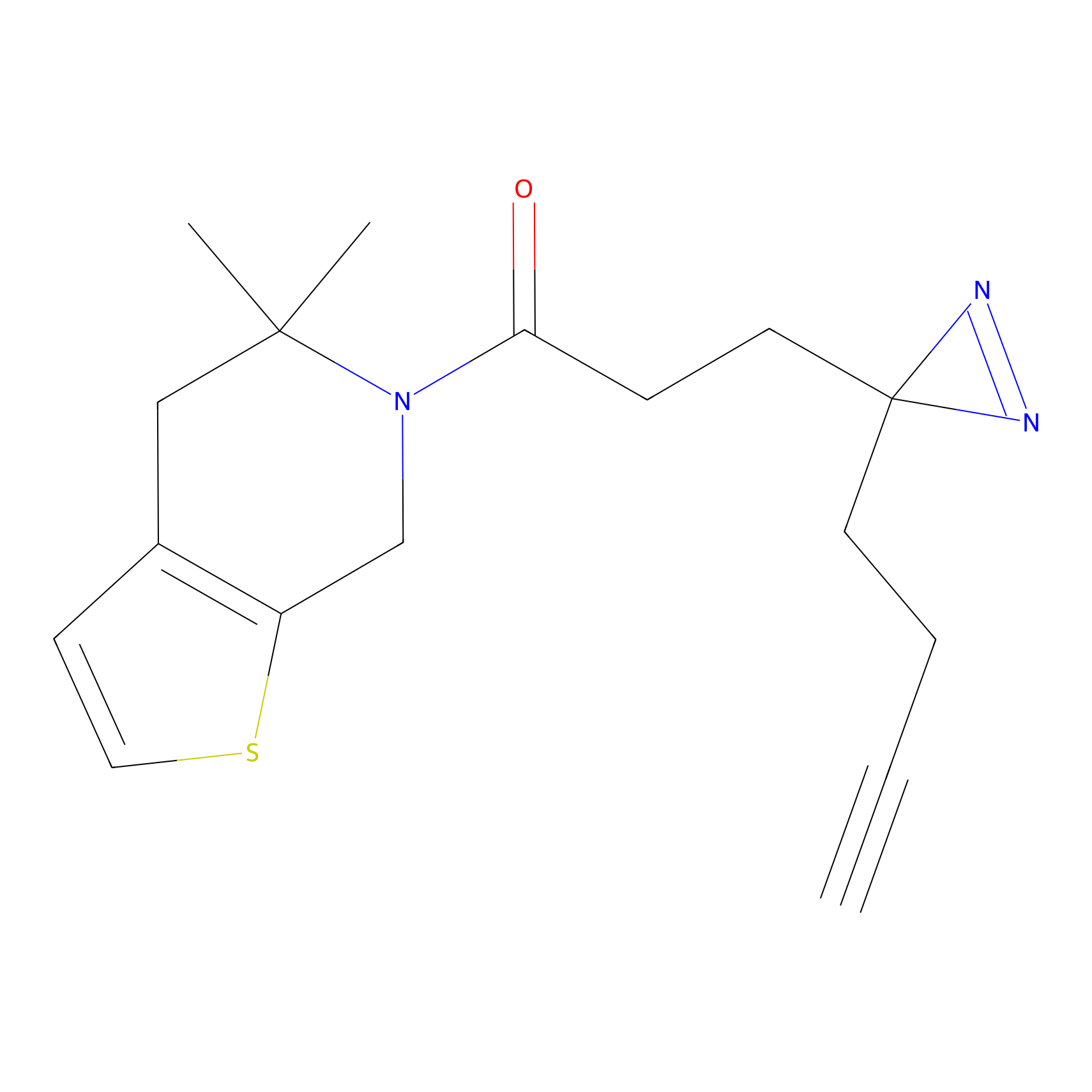 |
29.65 | LDD1834 | [2] | |
|
C187 Probe Info |
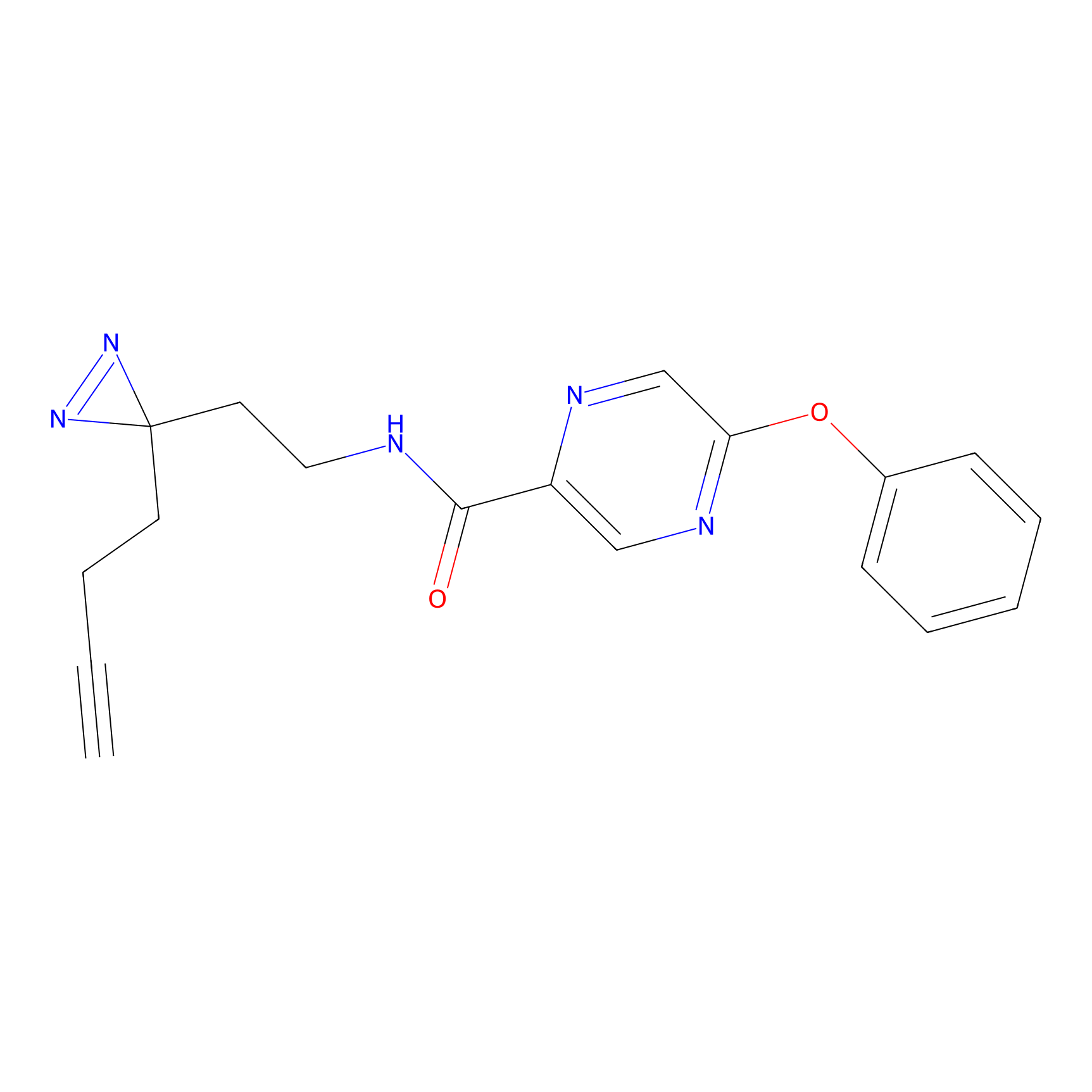 |
64.00 | LDD1865 | [2] | |
|
C191 Probe Info |
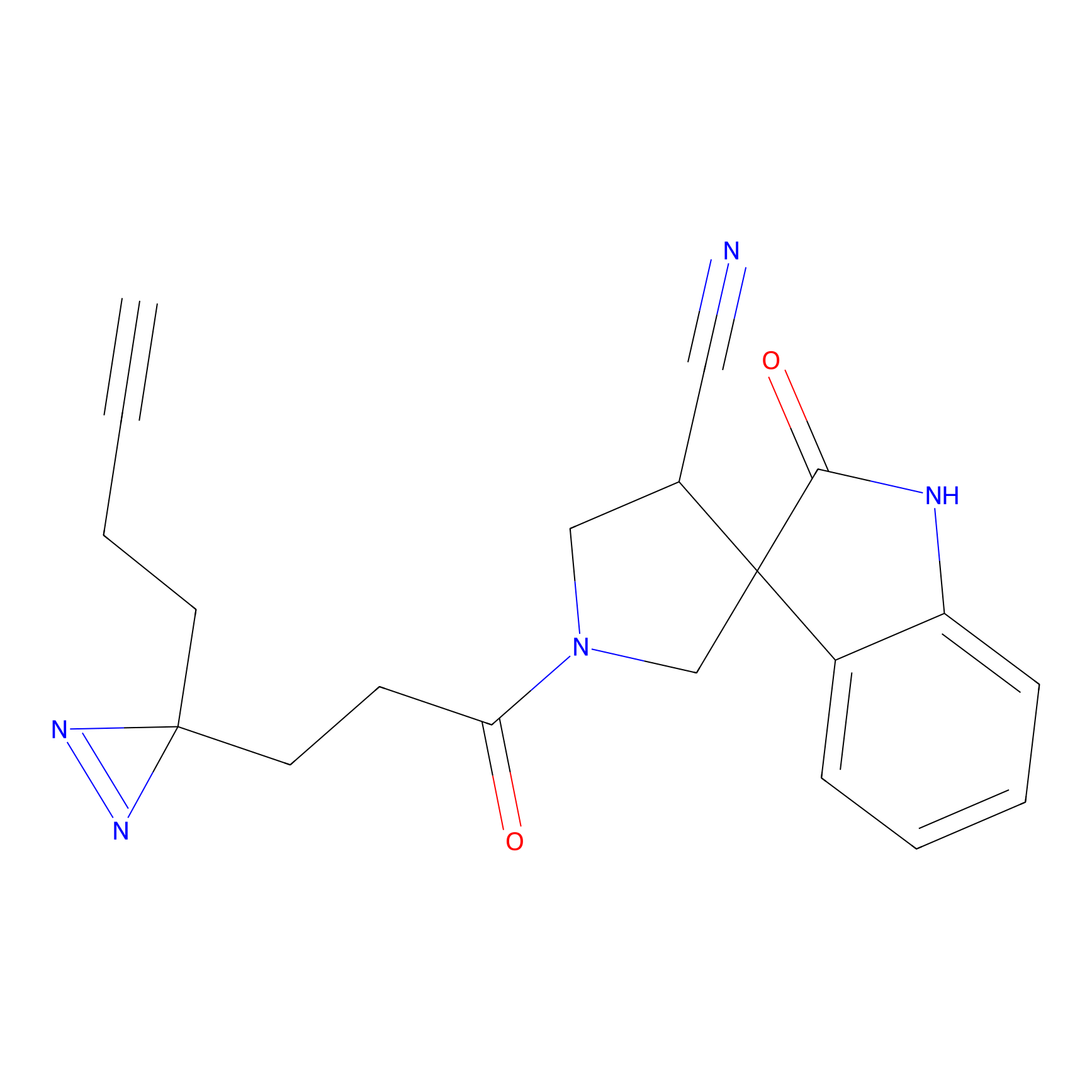 |
46.21 | LDD1868 | [2] | |
|
C193 Probe Info |
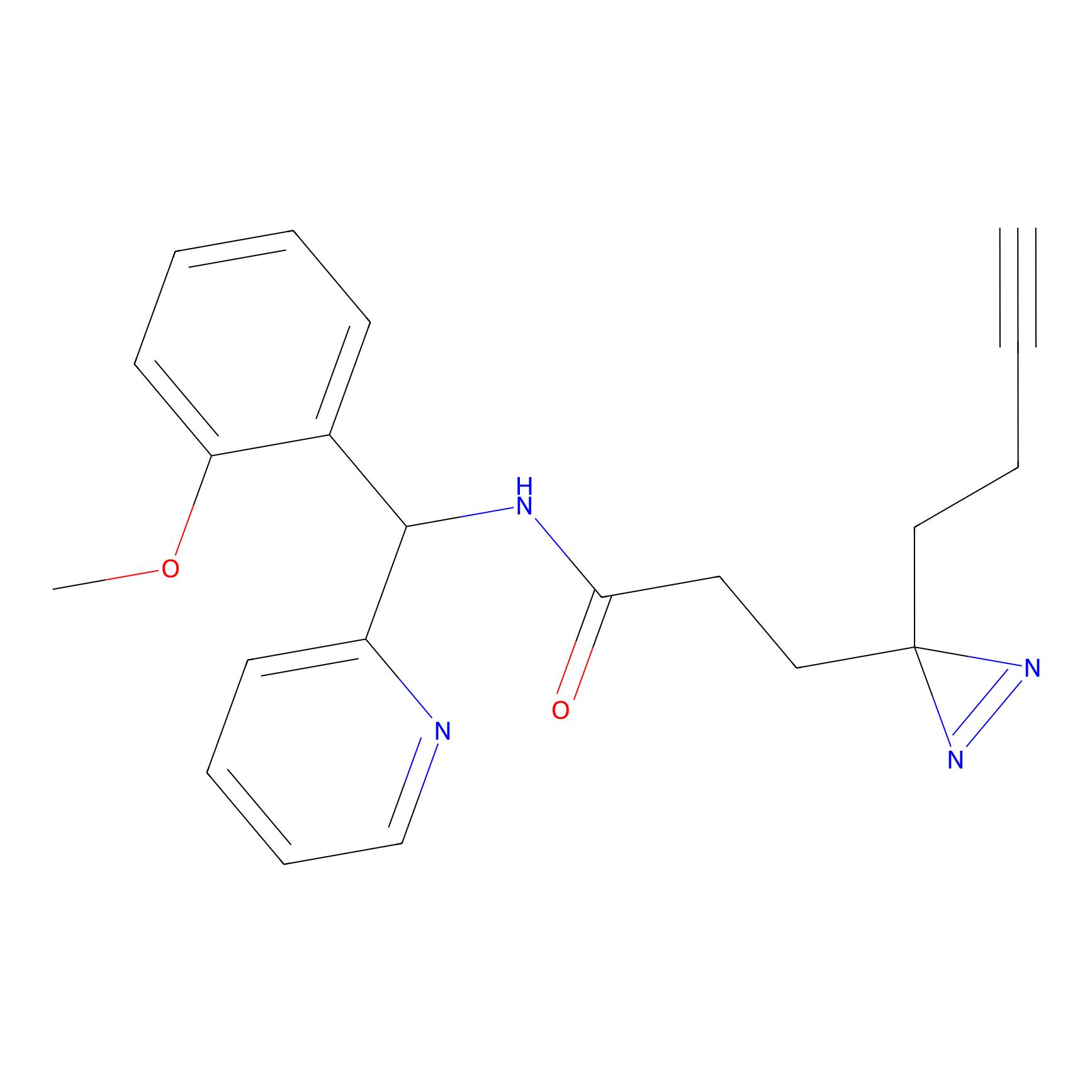 |
27.86 | LDD1869 | [2] | |
|
C201 Probe Info |
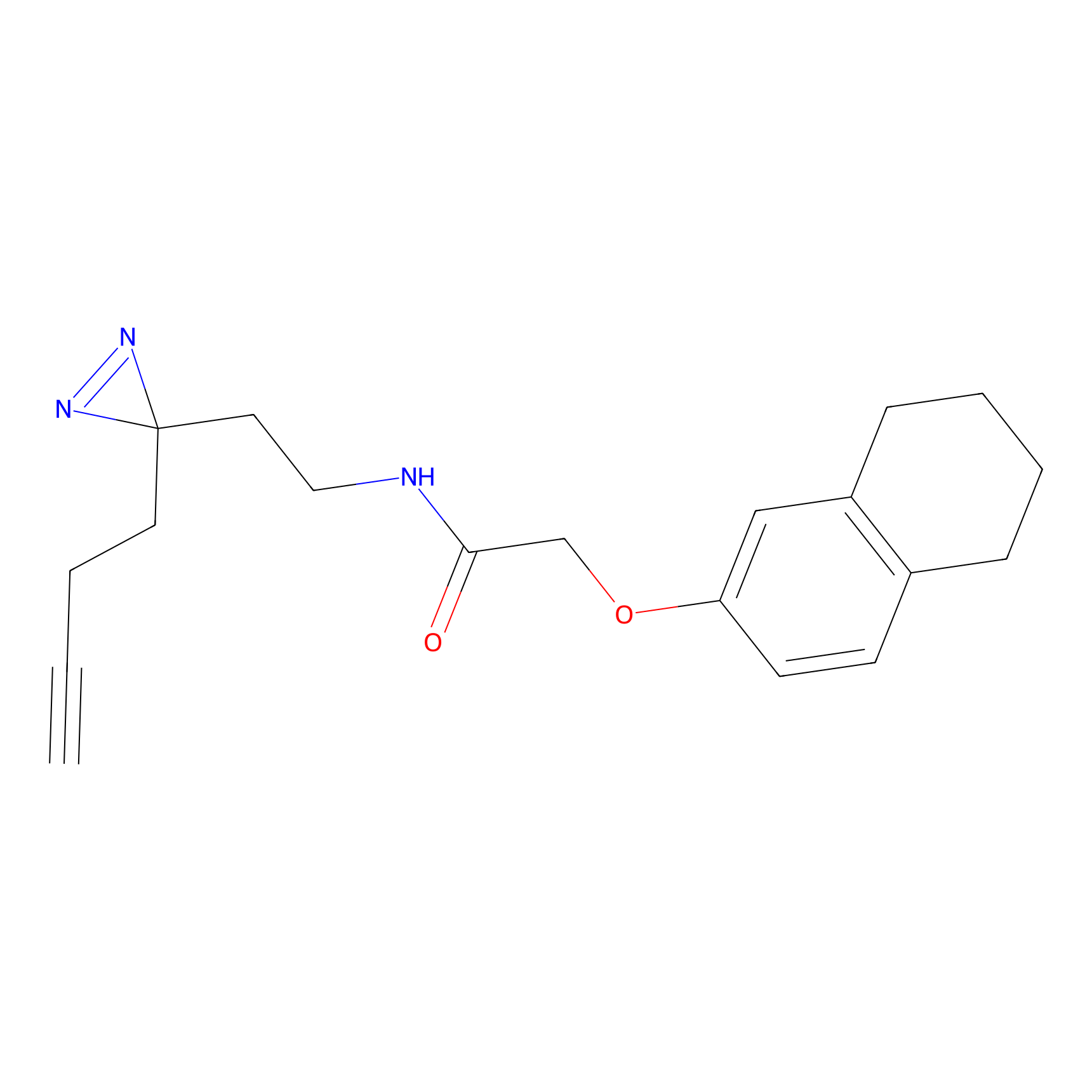 |
27.86 | LDD1877 | [2] | |
|
C206 Probe Info |
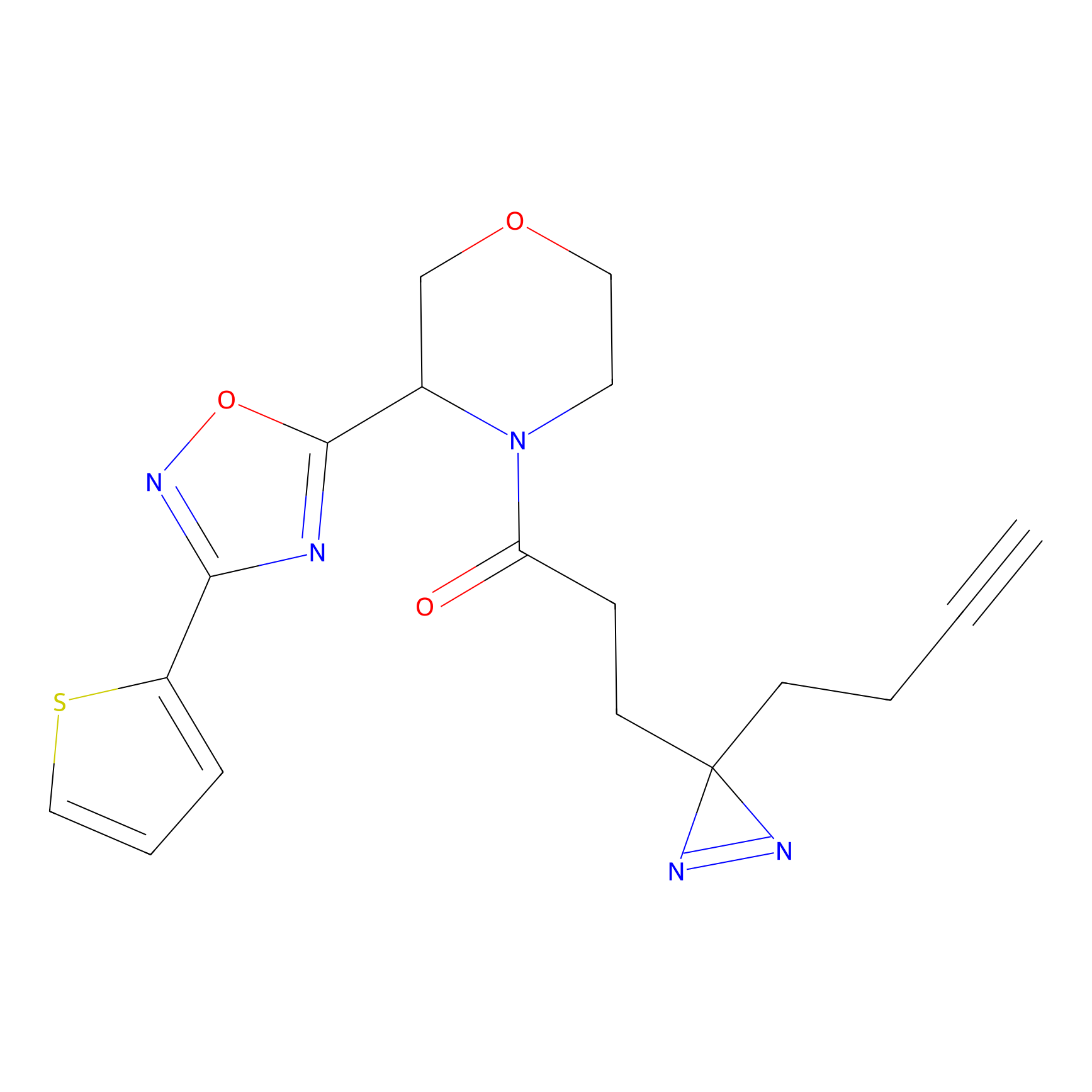 |
27.10 | LDD1881 | [2] | |
|
C222 Probe Info |
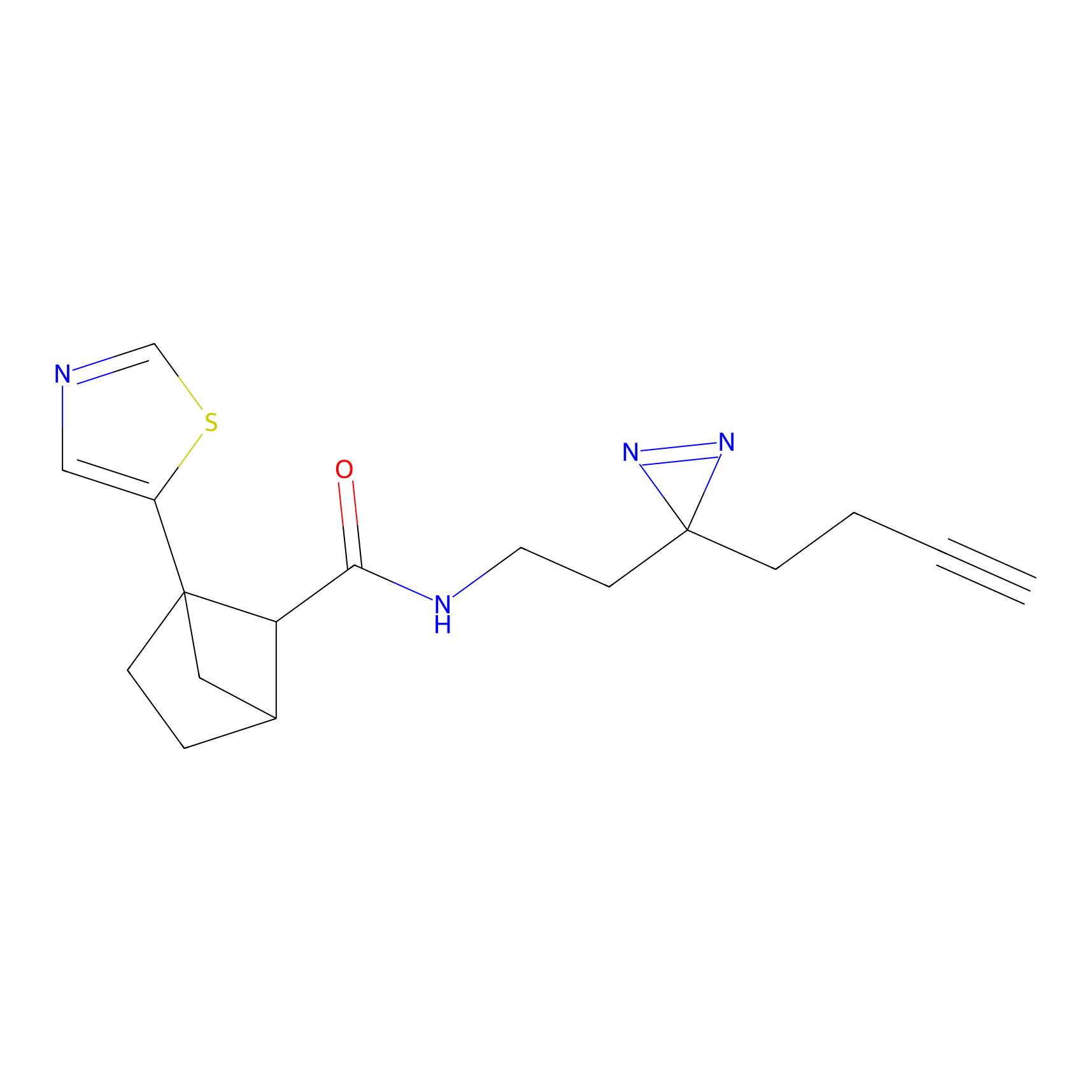 |
4.92 | LDD1896 | [2] | |
|
C225 Probe Info |
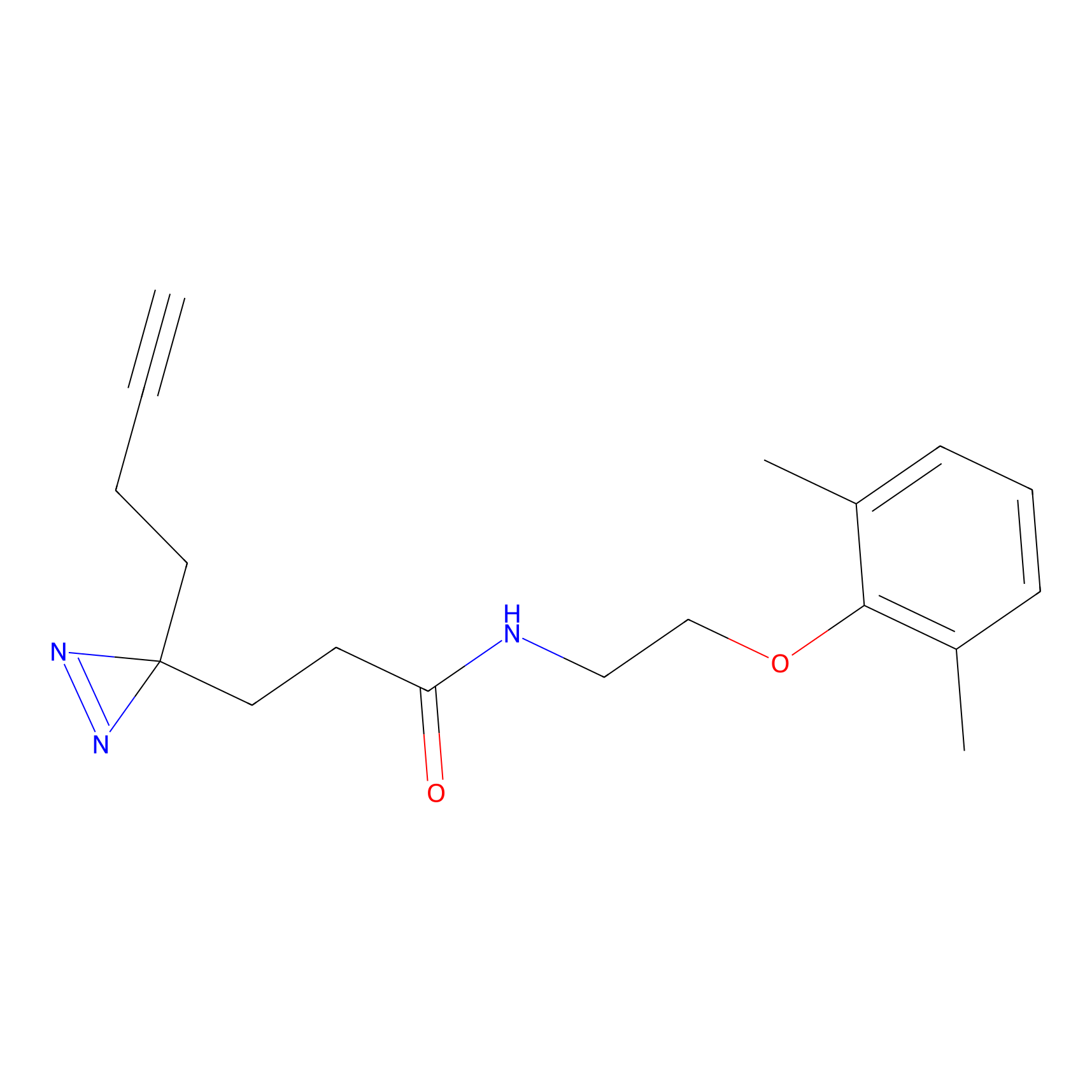 |
19.84 | LDD1898 | [2] | |
|
C226 Probe Info |
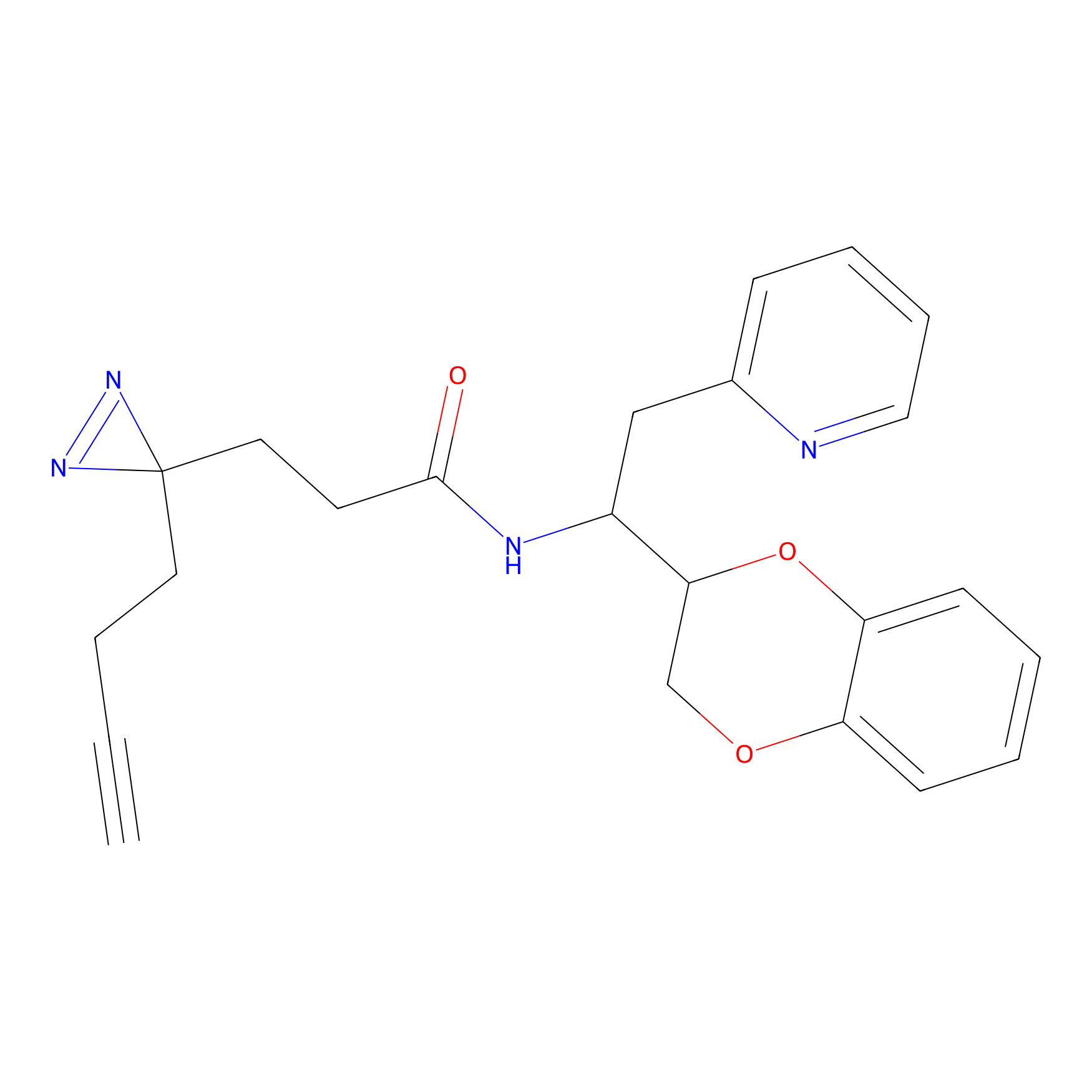 |
12.38 | LDD1899 | [2] | |
|
C228 Probe Info |
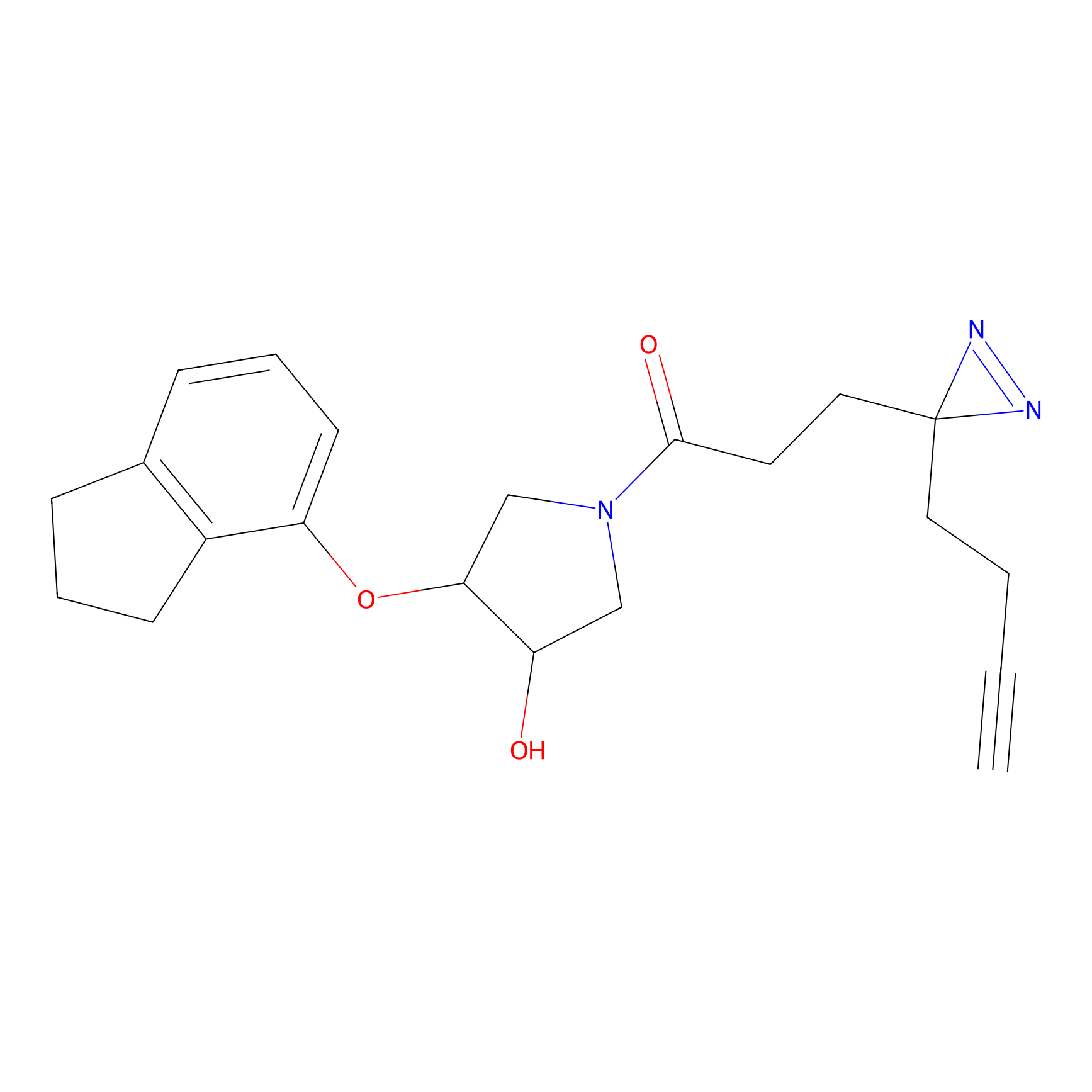 |
28.44 | LDD1901 | [2] | |
|
C355 Probe Info |
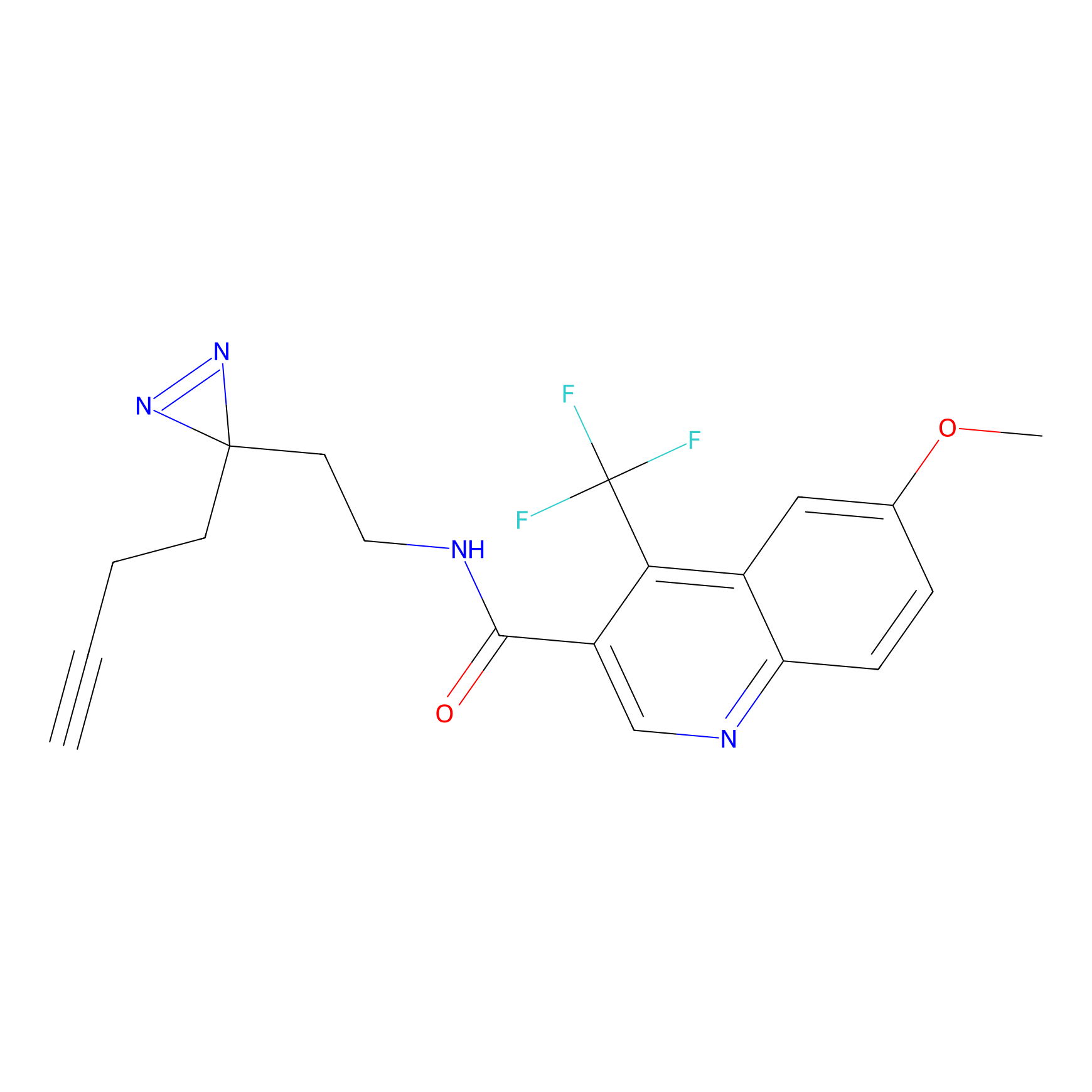 |
54.19 | LDD2016 | [2] | |
|
C356 Probe Info |
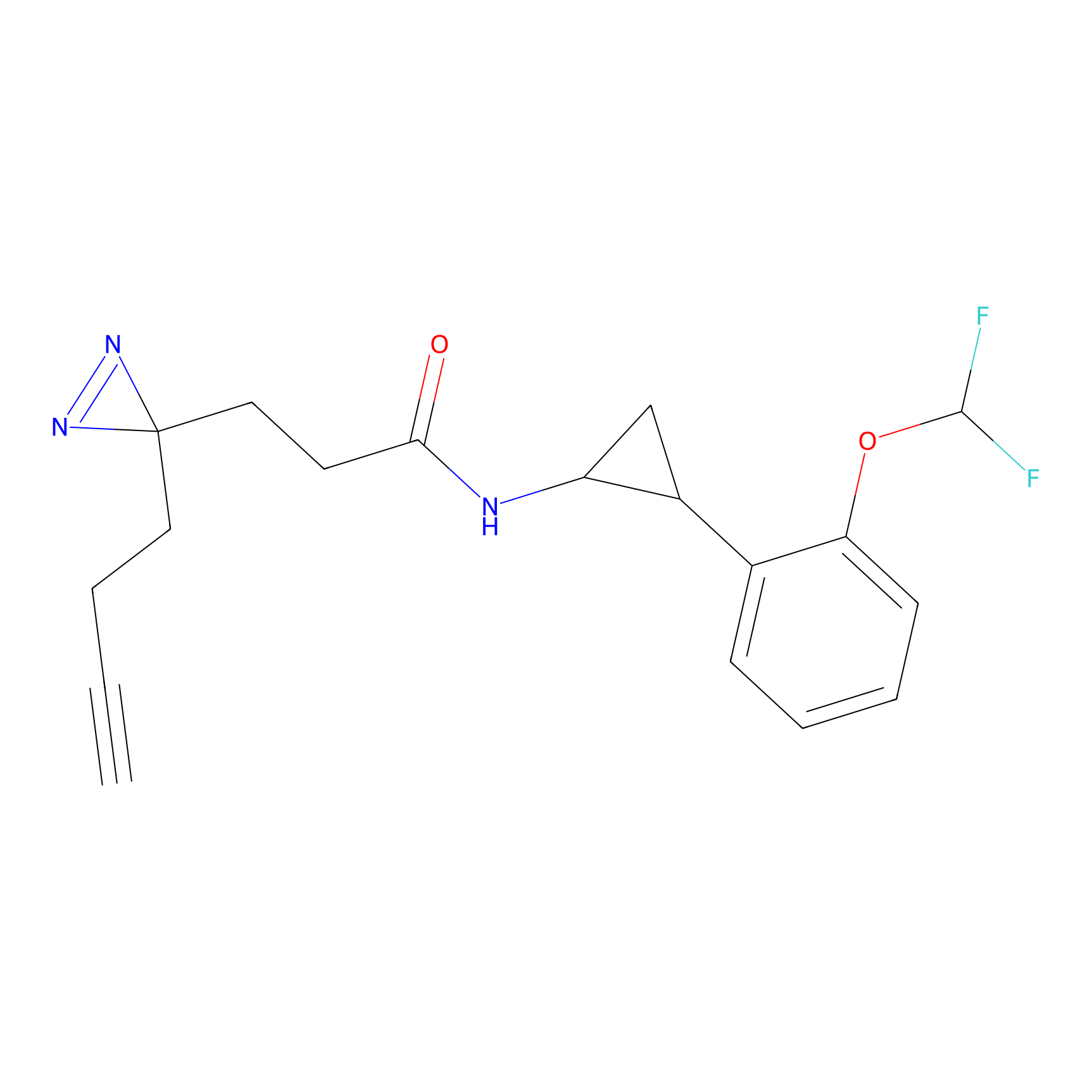 |
18.90 | LDD2017 | [2] | |
|
C357 Probe Info |
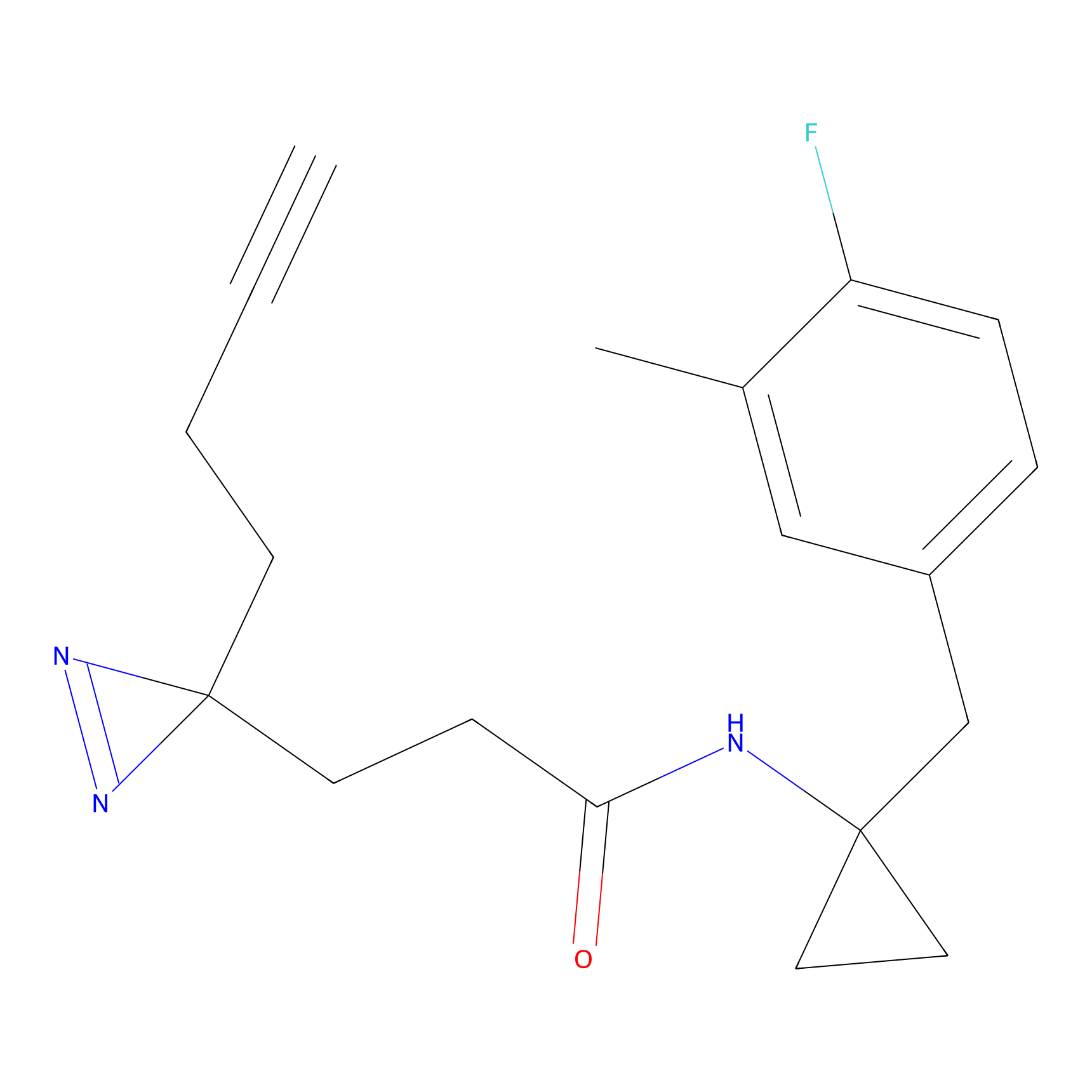 |
10.63 | LDD2018 | [2] | |
|
C361 Probe Info |
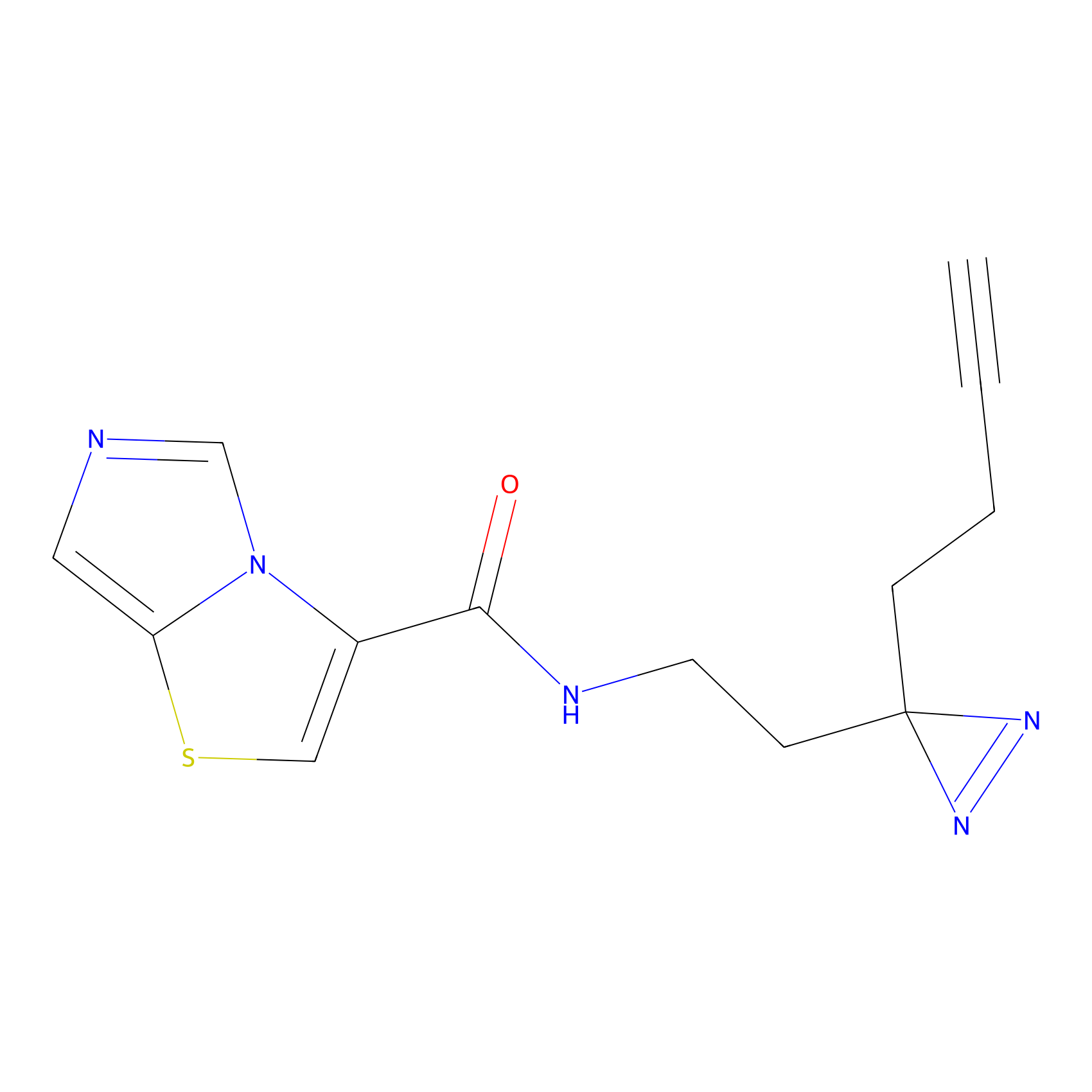 |
28.25 | LDD2022 | [2] | |
|
C383 Probe Info |
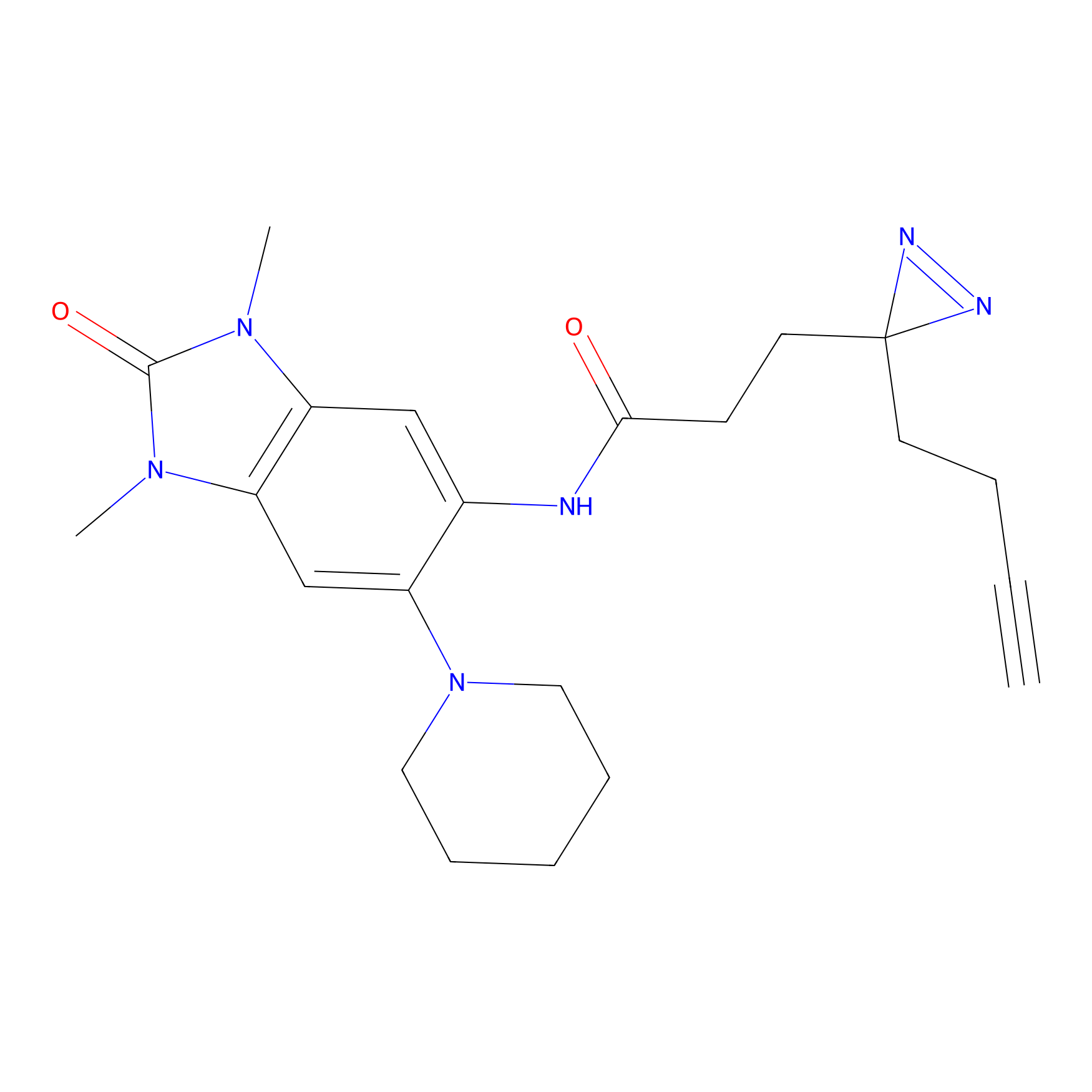 |
13.83 | LDD2042 | [2] | |
|
C386 Probe Info |
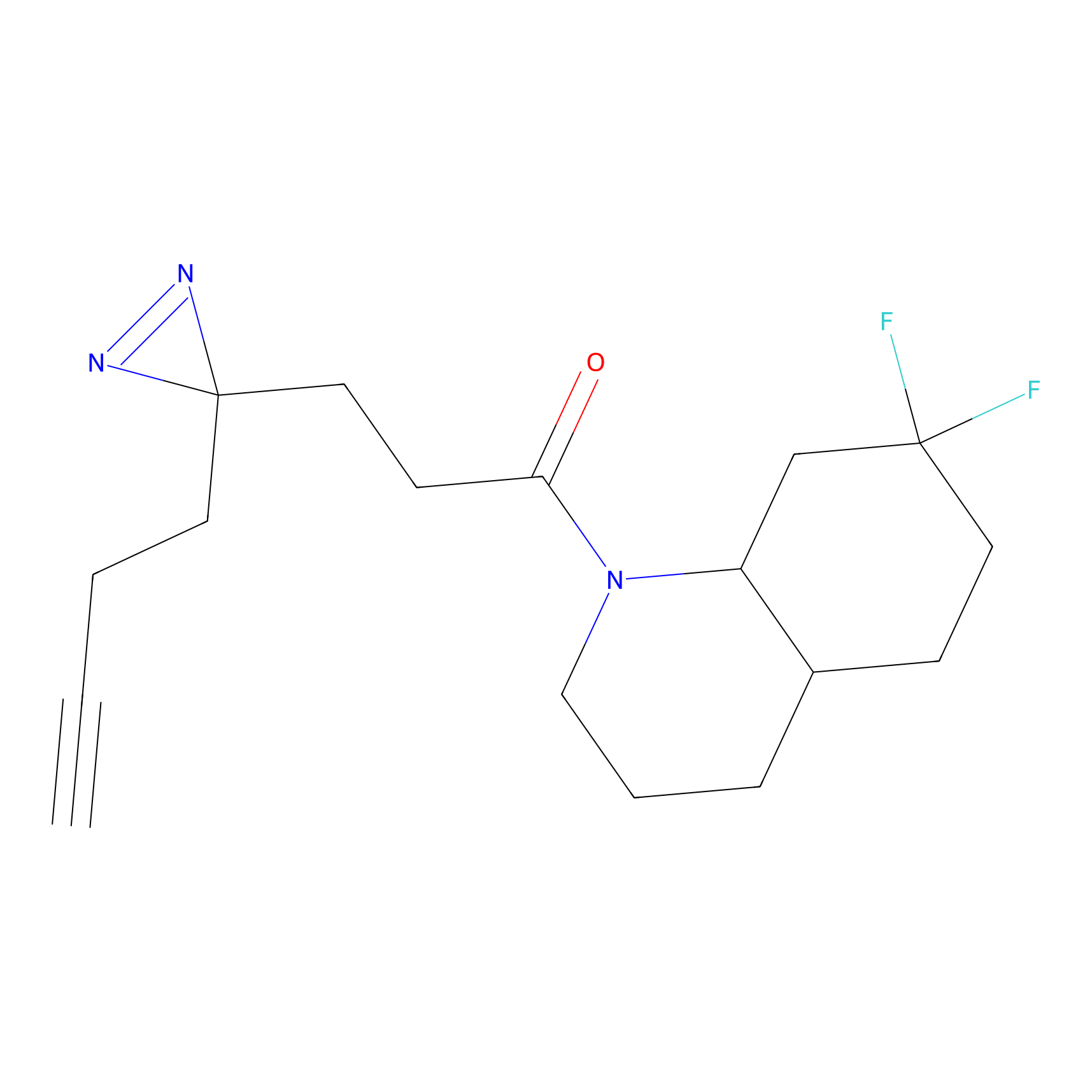 |
6.96 | LDD2045 | [2] | |
|
C389 Probe Info |
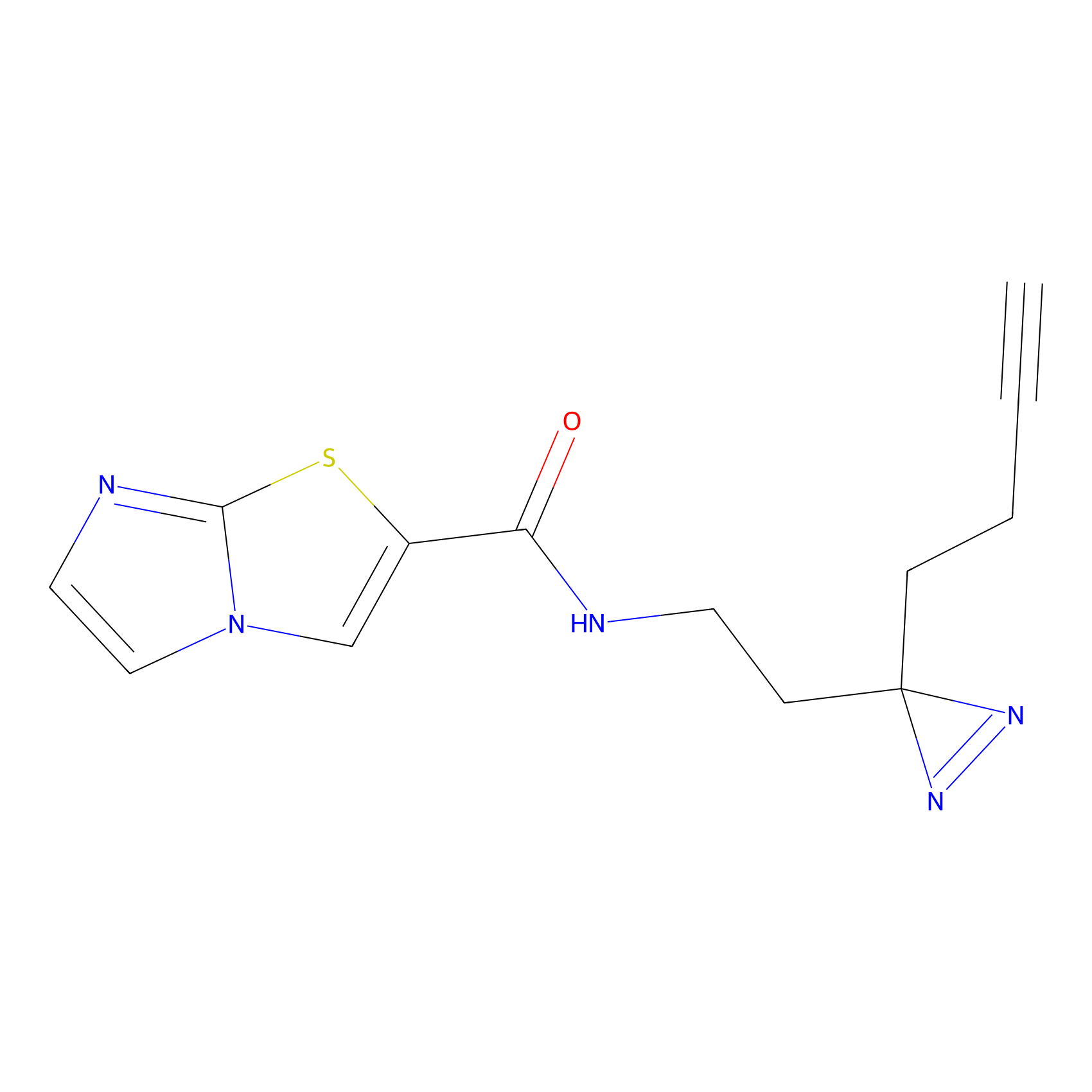 |
6.59 | LDD2048 | [2] | |
|
OEA-DA Probe Info |
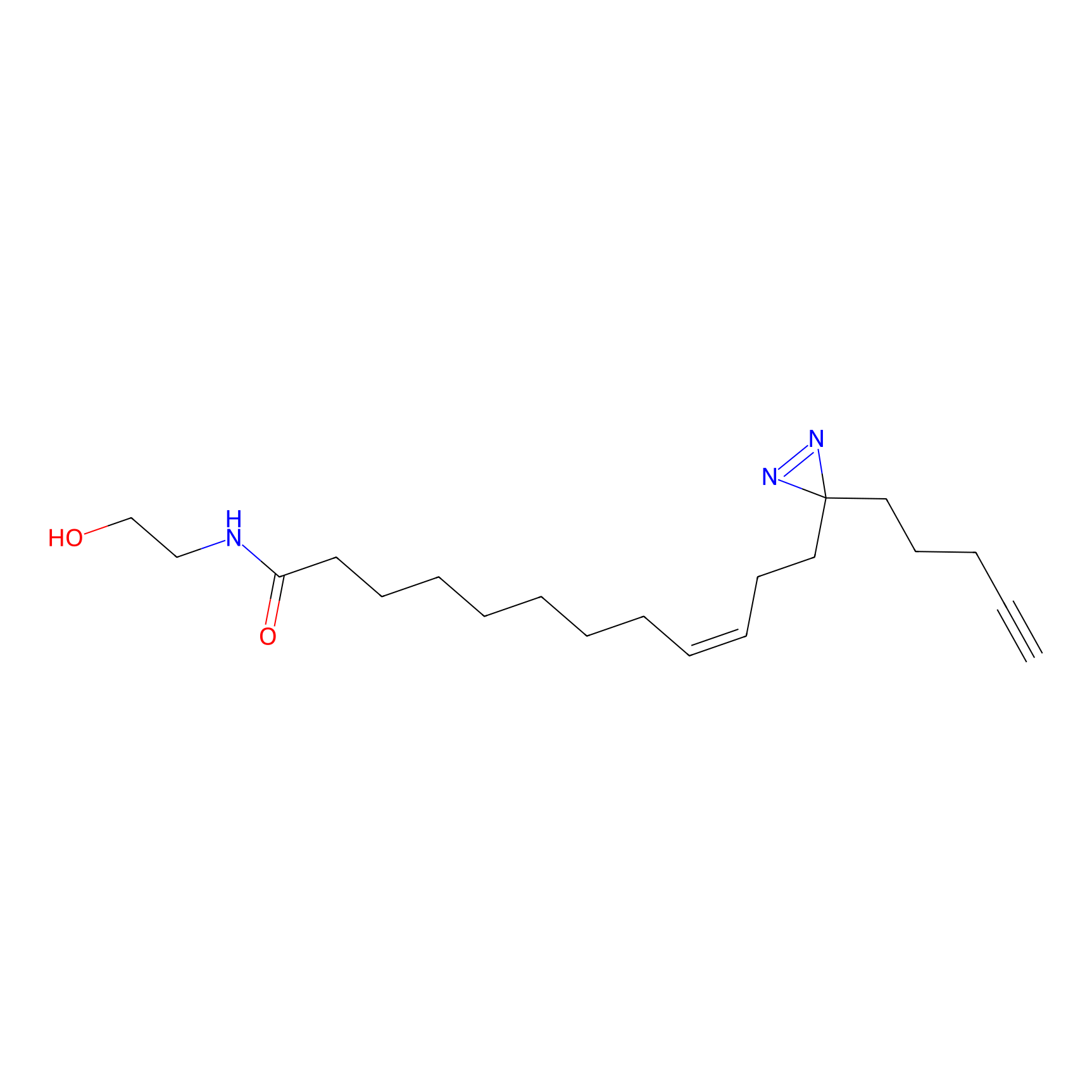 |
20.00 | LDD0046 | [3] | |
The Interaction Atlas With This Target
The Protein(s) Related To This Target
Transporter and channel
| Protein name | Family | Uniprot ID | |||
|---|---|---|---|---|---|
| Huntingtin (HTT) | Huntingtin family | P42858 | |||
Other
| Protein name | Family | Uniprot ID | |||
|---|---|---|---|---|---|
| Endoplasmic reticulum-Golgi intermediate compartment protein 3 (ERGIC3) | ERGIC family | Q9Y282 | |||
| Protein FAM209A (FAM209A) | FAM209 family | Q5JX71 | |||
References
